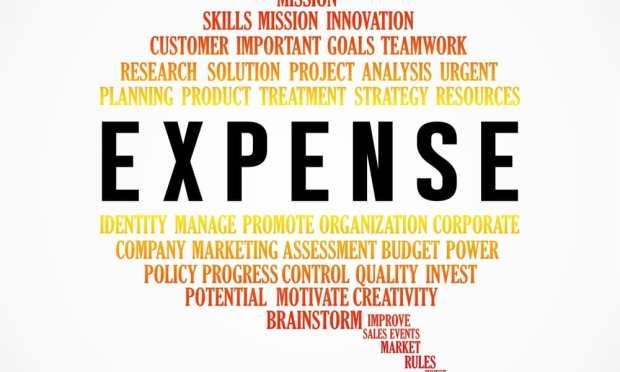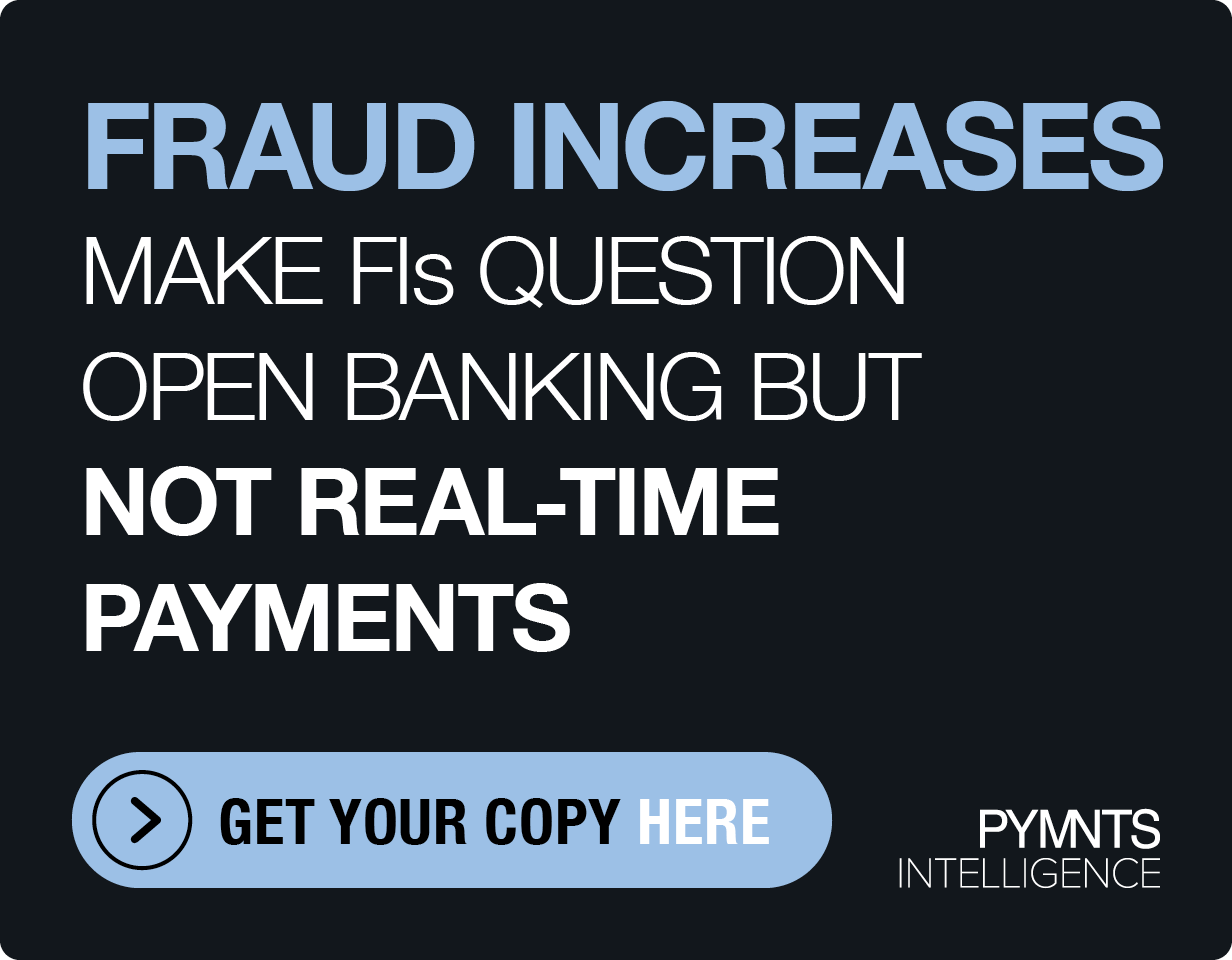Integrating Payments Into The Workflow — And The Workforce

The workforce skews tech-savvy, younger … and remote. The way we pay and get paid is ever-more intuitive, cued by Uber. So it is — or should be — with corporate expense management, says PEX Founder and CEO Toffer Grant. Embedding payments into workflows via “implied approval” can save money, and grant the greatest gift of all to companies and workers: time.
Much has been made of the Uberization of payments, where transactions are done in-app, on the go and 24/7. The payment is cued up at the beginning of the ride, completed at the end and money changes hands with nary a thought between the parties involved.
Yet, in the corporate realm (specifically when it comes to expense management), so much is mired in the paper chase — in the chain of command that can keep the operational machinery stuttering, rather than humming, along. Think of it: Approvals must come before workers can buy equipment or materials for a job. Expense reports come after the road warriors return from their journeys, and those reports may be laden with meals taken out on the company dime in a less-than-Kosher way (and we’re not referring to ham here).
Invoices, paper checks and written sign-offs to approve or deny requests are so … 20th century, even 19th century.
Contextualizing Payments
If daily life is contextualizing payments more than ever before, why shouldn’t that be the case with daily expense management for full-time employees or gig workers? Might payments transform work in an increasingly digital world?
In an interview with PYMNTS’ Karen Webster, PEX CEO Toffer Grant stated that work is becoming increasingly digital across any number of verticals. The workforce is ever-more remote — with a hypothetical firm’s workers in Chicago, engineers in New York and a human resources (HR) department (if there is one) located in yet another city.
What ties all of these far-flung corporate functions and employees together is the enterprise resource planning (ERP) system, automating and integrating everything from project management to fleet management in the cloud.
The movement to cross-functionality and real-time communications is also extending into payments — no longer a final step to be signed off on, with a check cut and mailed at the end of the month to an employee. Payments and expense management are now evolving to be part of a continuum that extends from authorization to final reporting and reconciliation.
Spend management done through human capital management systems means that tasks — and the allocation of employees, and money allocated to those employees’ tasks — can be done through the cloud.
In essence, payments becomes something that HR managers think about at the beginning of a job, rather than at the end when they are trying to reconcile expenses. There’s a zero balance in place until the work actually begins, and it gets paid for along the way — call it a way of expense management done through “implied approval.”
The Way It’s Always Been Done And A Philosophy Shift
PEX issues Visa-branded debit cards, paired with a spend management app, to small businesses (SMBs), allowing for cards to be funded on an as-needed basis. That’s a sea change from the way it’s always been done, noted Grant.
“In industries where you have maybe a younger workforce, but outdated expense policies, that younger workforce is being asked to put business expenses on their personal cards. They have student debt issues,” he added, or they may be maxed out on credit cards.
He continued, “It becomes a much more cumbersome thing, not only to manage and do those expense reports, but … it’s a little embarrassing” to go to one’s boss and ask for an alternative way to pay for a $900 plane ride to be taken in service of the company. Offerings such as those from PEX allow those otherwise-constrained workers to make purchases without shelling out any of their own funds.
The Rules-Based System
Thinking about payments and workflow in this new way — across a rules-based system — means that, as Grant said, “it is a philosophical shift away from … where the AP department may be owning the physical process around cutting a reimbursement check,” and away from a philosophy where finance workers might think that “the only way to protect a company is to have some kind of approval or denial authority on an expense report. By integrating a lot of these rule types into the process, you are rewriting what that whole process looks like.”
The movement toward automating business functions means that payments are becoming a consideration for any number of firms, he said, and that “as they [use] products to enable remote workforces, you just have a lot more people thinking about this stuff on a broader scale.”
How Payments Move
In describing the mechanics of how spend management and the integration of payments can sync across the workflow, Grant noted that the person (or people) in charge authorize what can be bought, when and for how much — setting rules in effect that then become part of the flow.
If workers attempt to use funds for another purpose, “you have an automated system behind the scenes paying attention to what those rules are, as opposed to an individual having to [decide] and determine, ‘OK, should Fred be buying this thing at that place for this amount of money?’” The rules — whether governing specific transactions or as part of a broader set of principles governing various “types” of transactions (rather than limits) — can ensure payments so seamless that there is no dialogue between the cardholder and program manager.
“It’s just all baked into the platform from day one,” he said, “before any cards are even issued for that group.” The overarching theme, “is trying to get rid of the whole notion of that approval function even being part of the dialogue.”
Other benefits accrue, said Grant, and among them is the most precious and elusive of resources: time. He said that “if enough minutes can be found in the day to provide more time at the end to do another task, take on another scheduled appointment or do something with or for client or a customer, … there’s added value that is very real, very material and all adds up over time.”
